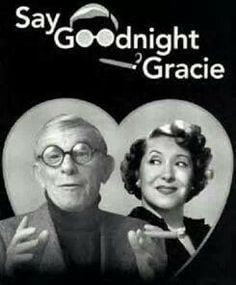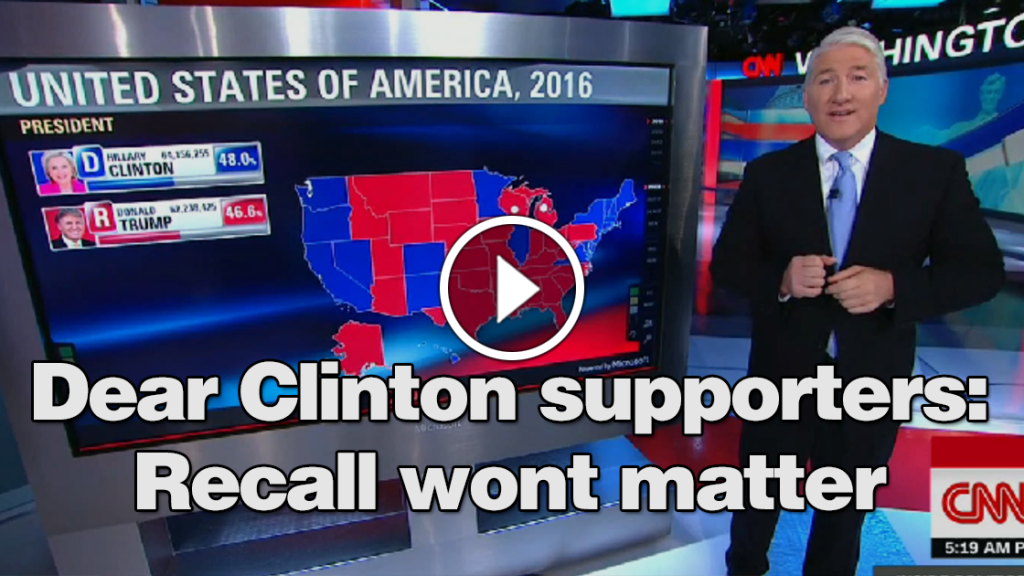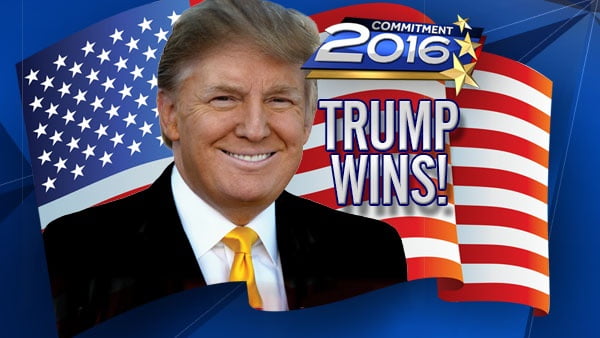There are always exceptions to the rules (if there are any rules, that is). However, these are some of the most common reasons why people press the back button or close the tab almost immediately after visiting a website.
1. Pop-ups.
These can be very annoying, especially if it is not obvious how to close them.
2. Auto video.
Many people switch off immediately if a video starts playing automatically, especially when there is sound. If it is not easy to pause the video, many people will just close the tab.
It is even worse when there is auto sound without a video. If it is not obvious where to turn off the sound without resorting to turning the pc sound off, then people will just close the tab.
3. Interstitials. (adverts that appear while a webpage loads)
Not only are the ads annoying, but quite often, they cause slow page load times.
4. Slow load times.
No explanation needed here.
5. Pagination.
It can be annoying if a website has lots of images on separate pages, especially when they are all related to each other. e.g., "The 10 Best Selling Cars Ever".
Some people may hang around for each page to load while they are being exposed to more advertisements… but I suspect many people will not bother.
6. The balance of ads verses content.
It can be very off putting when a website has little content but is filled with advertisements.
7. Immediate demands to sign up for something.
Many people want to find out more before signing up for anything… even if it is free.
8. Browser issues.
It can be frustrating when a website does not display correctly in your favourite browser.
9. Lack of Clarity.
If it is not clear what a company is about or what its services are, this will lead many people to leave the website. It is essential that visitors to a website can tell what the company is offering, and how it will benefit them, within a few seconds. A concise description is important.
The use of a video to explain what the company does is a growing trend, particularly among startups. Although video is a great way to get a message across, some visitors might prefer to read text, therefore sites with both video and text will often retain more visitors.
10. Poor navigation menus.
A web designer's job is not just the technical bits. It is to help visitors find the information they need as soon as possible. What may be intuitive to the designer or programmer may not be intuitive to the reader.
If a reader cannot easily find the way around a website, they are not likely to hang around for long. Worse still, they may never come back.
11. Typos and poor grammar.
There are no excuses. If a company is not bothered about attention to detail, then what kind of message does it give out?
12. Fonts.
Many websites feature fonts that are difficult to read on a computer screen. It is not just the size of the font that makes a page difficult to read… but the font style, too.
Excessive use of capital letters can also be difficult for some people to read.
13. Contrast.
Poor colour combinations of background and text can also make a website difficult to read. If it is difficult to read, people are not going to stay around for long.
14. No ‘About’ page.
Many people want to learn more about the company before going any further. If there is no 'About' page, it can give the impression that the company does not want to give out too much information.
15. Is the site mobile responsive?
Although the subject matter of some websites may mean it is preferable to view on a desktop or laptop, most websites today are initially viewed on a mobile device.
If a website does not have a mobile responsive version of at least the home page and other important pages, many visitors will leave.
Alan Zibluk Markethive Founding Member




 George Burns and Gracie Allen were a successful American comedy act for over forty years. Over the years, their talents extended from comedy to vaudeville to radio to film, and television. Part of Burns and Allen’s charm was that they were a married couple in real life as well as in many of their acts. The pair met in 1922 and were married in 1926. Throughout nearly all of their entertainment ventures, Burns always played the “straight man,” and Allen his foolish, silly wife.
George Burns and Gracie Allen were a successful American comedy act for over forty years. Over the years, their talents extended from comedy to vaudeville to radio to film, and television. Part of Burns and Allen’s charm was that they were a married couple in real life as well as in many of their acts. The pair met in 1922 and were married in 1926. Throughout nearly all of their entertainment ventures, Burns always played the “straight man,” and Allen his foolish, silly wife.  GFG is designed with next generation high load blockchain protocols, utilizing a blockchain design that improves functionality with each additional user, maximizing scalability and load performance.
GFG is designed with next generation high load blockchain protocols, utilizing a blockchain design that improves functionality with each additional user, maximizing scalability and load performance.
 Dear Clinton supporters: Recall wont matter
Dear Clinton supporters: Recall wont matter
